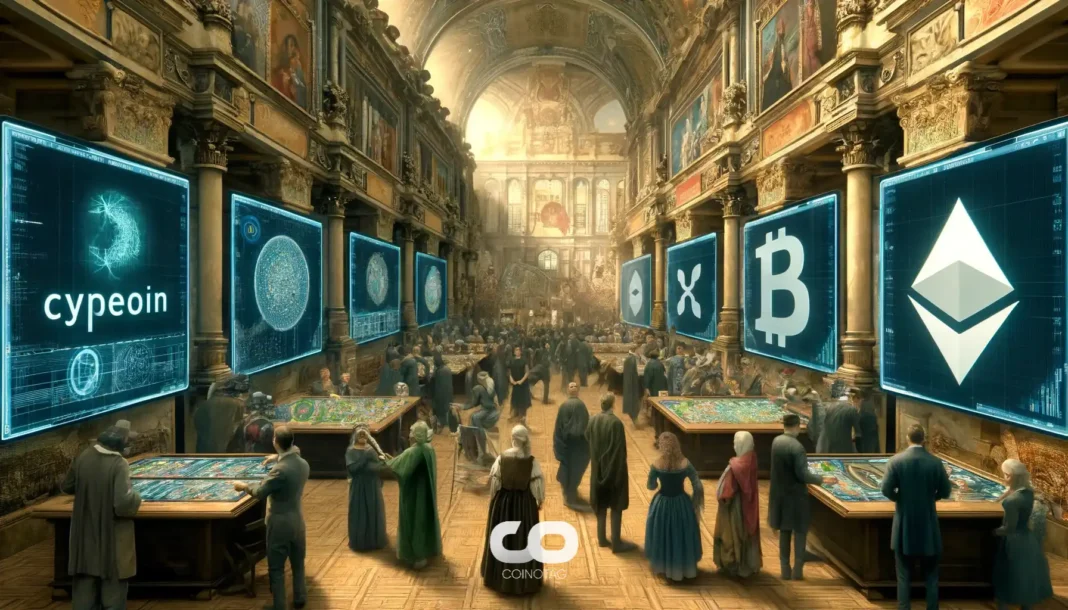-
The decline in Ethereum’s decentralized exchange (DEX) volume signals shifting trends in the crypto market, emphasizing critical insights into trader behavior.
-
As competition increases from alternative trading platforms, Ethereum’s DEXs face substantial challenges, raising questions about their long-term viability.
-
“Despite the temporary decline, decentralized exchanges still capture 13% of the overall spot trading volume,” reports COINOTAG’s Data & Insights newsletter.
Ethereum DEX volumes have plummeted, with unique trader addresses down to 40,000, reflecting market cooling and a shift toward more diversified trading options.
Ethereum DEX Volumes Hit Record Lows Amid Market Adjustments
The decentralized exchange (DEX) landscape on Ethereum has experienced significant contractions, with daily unique traders dropping to around 40,000 addresses, marking a dramatic fall from the almost 95,000 peak observed in late 2024. This decline in DEX participation aligns with broader market cooling trends and a marked reduction in speculative capital flowing into the cryptocurrency ecosystem. Overall trading volume on Ethereum DEXs plummeted to $57 billion in March 2025, nearly half of the robust $112 billion recorded during the December 2024 peak, indicating a shift in trader engagement and sentiment.
Market Dynamics and Evolving Trader Preferences
The recent decline in Ethereum DEX activity reveals a shift in market dynamics, where traders are adapting to a more cautious environment. Uniswap remains the dominant platform; however, its competitors like SushiSwap struggle to keep pace, reported to draw only around 2,000 daily active addresses. This contraction signals a potential reevaluation by users as they weigh the benefits of decentralized versus centralized trading platforms. While centralized exchanges often provide advantages such as superior liquidity and faster execution speeds, the emergence of innovative DEX aggregators like Bebop and CoWSwap aims to mitigate these disparities by improving routing and user experience, thereby retaining interest in decentralized trading.
Layer 2 Solutions and Alternative Platforms Gaining Traction
Layer 2 solutions like Base are gradually becoming significant players in the trading volume landscape, siphoning activity away from traditional Ethereum DEXs. Simultaneously, the Solana blockchain continues to assert itself as an appealing alternative venue, suggesting that while Ethereum’s DEX activity may be waning, traders are proactively seeking more cost-effective venues. This redistribution of trading activity is indicative of a market that is not abandoning decentralized exchanges entirely but rather evolving towards a more diversified strategy.
Ongoing Trends and Future Outlook
The decline in daily unique traders and trading volume on Ethereum’s DEXs illustrates a complex interplay of factors affecting market behavior today. The recent data indicates that as traders adopt a greater level of caution amid fluctuating conditions, they are still inclined to explore advantageous options across the broader decentralized exchange ecosystem. The push towards technological refinement in DEX aggregation and Layer 2 implementations ensures that, despite apparent short-term challenges, the push for decentralized finance continues as traders prioritize efficiency and cost-effectiveness.
Conclusion
In summary, while Ethereum’s DEX volumes have notably declined, the underlying market conditions reveal an ongoing interest in decentralized trading alternatives. The current landscape invites a cautious yet optimistic perspective as innovations and competing platforms emerge, reinforcing the resilience of decentralized finance. Traders are likely to continue navigating these challenges as they seek effective solutions that align with their trading needs and overall market goals.







